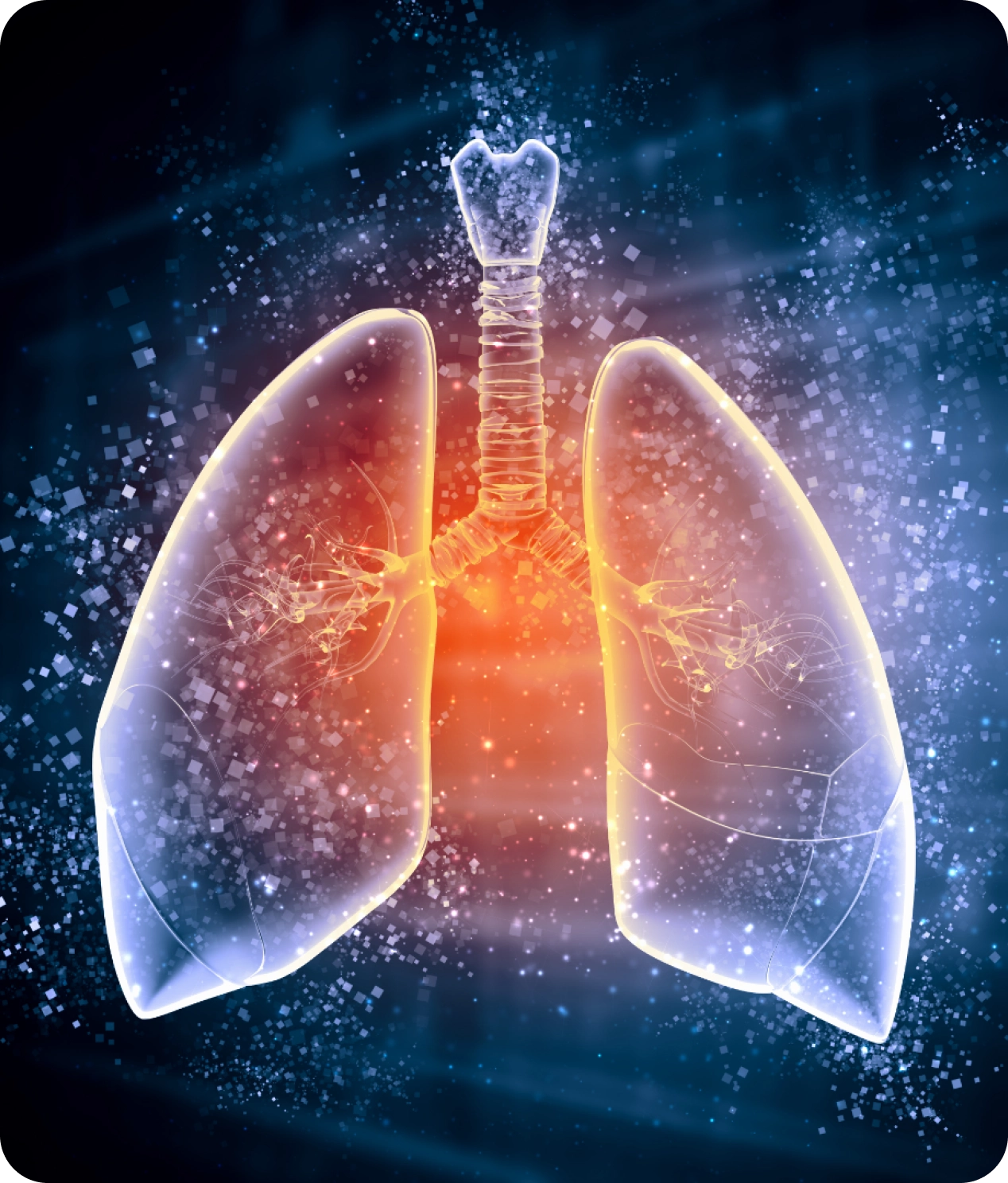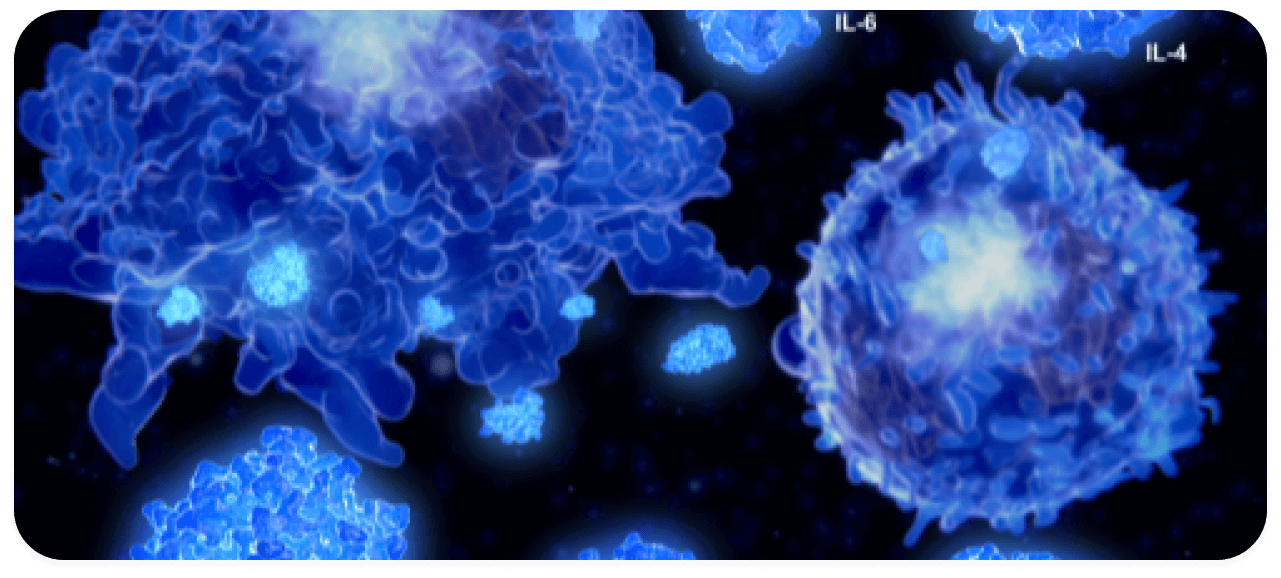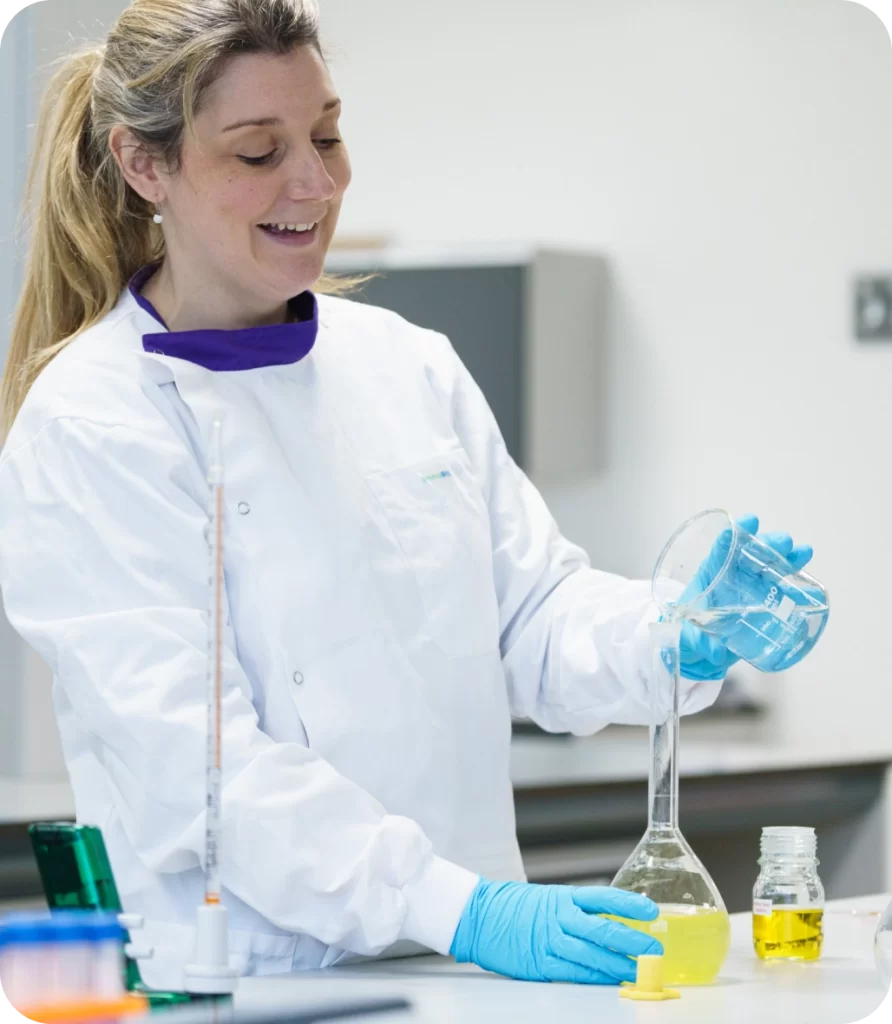The alveolar macrophage, a tissue-resident immune cell, plays a pivotal role in regulating normal alveolar function by serving as the first line of defence against inhaled particles and pathogens in the airways. Efficient functioning of these macrophages ensures regulated air exchange, essential for optimal respiratory health. On the other hand, a compromised alveolar macrophage response can disrupt normal alveolar function, obstructing air exchange and compromising lung health. Alveolar macrophages have the capability to produce signals that can either activate immune responses against threats or facilitate the healing process by resolving lung inflammation.
ImmuONE specialises in evaluating alveolar macrophage responses. We provide clients with a diverse array of in vitro alveolar macrophage assays to gauge cytokine activity, macrophage polarisation, phagocytic activity, and beyond. Our experts will support you in comprehending the variety of inflammatory and immunological responses that can manifest in the airways, utilising our in vitro models. Furthermore, we offer innovative in vitro experiments that give lung-relevant predictions of inflammatory responses. Some of the in vitro assessments we routinely conduct include:

Cytokine assessment

Macrophage Polarisation
Nitric Oxide (NO) screening

Irritation and Sensitisation
Histological staining of in vitro lung tissues
We can perform histological staining of cells including cross-sectional preparation of tissues on cell culture inserts, which can be directly correlated to in vivo histology samples
Macrophage recovery
An important aspect of our research is understanding the phenomenon of ‘foamy macrophages’. These cells, evident by their vacuolated appearance, emerge in response to various stimuli. Such a phenotype can be induced by several factors including phospholipidosis, apoptosis, and other drug-related actions.
A significant concern in the inhalation medicine space is the ambiguity surrounding whether the vacuolated, or foamy, appearance indicates a temporary adaptive reaction or signifies a lasting detrimental change. We’ve harnessed advanced techniques like high content image analysis to achieve more detailed evaluations of these cells than what was possible with traditional light microscopy. Such advanced methods allow for intricate analysis of the cell’s vacuolation patterns, potentially shedding light on the mechanism of cellular response to different inhaled compounds.
Moreover, the persistence or reversibility of these changes is critical. We’ve observed varied responses in our studies. Some macrophages exhibit resilience post-exposure, suggesting adaptive changes, while others progress towards apoptosis, indicating adverse reactions.
At ImmuONE, we believe that a more detailed and nuanced understanding of these macrophage behaviours is pivotal in enhancing the development of inhaled medicines. By understanding whether a response is truly adverse or merely adaptive, better-informed decisions can be made during drug development, thereby ensuring the safety and efficacy of new therapies. Our expertise encompasses not only the observation and classification of these behaviours but extends to designing experiments to evaluate macrophage responses to single or multiple stimuli, enabling us to discern between adaptive and adverse responses.